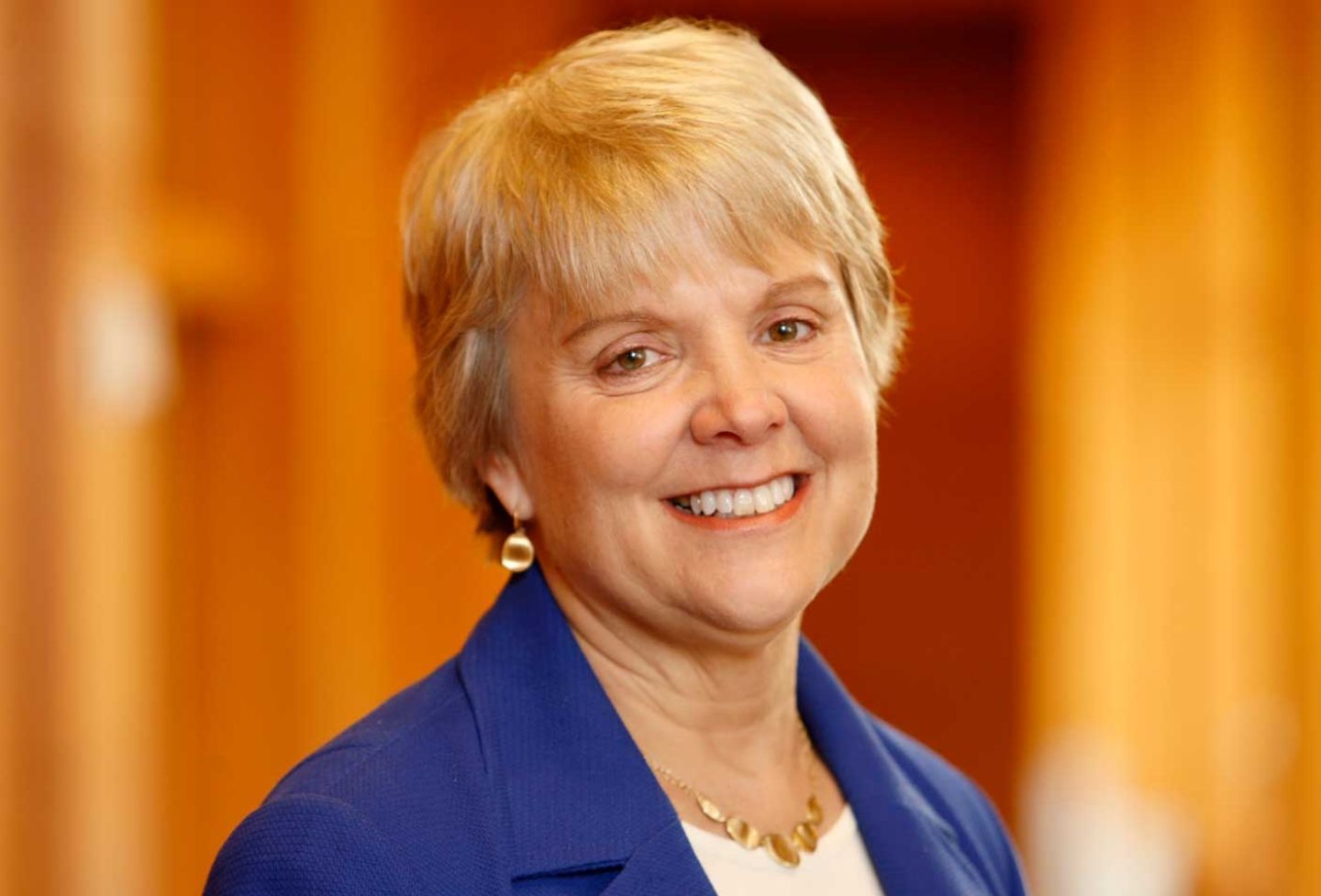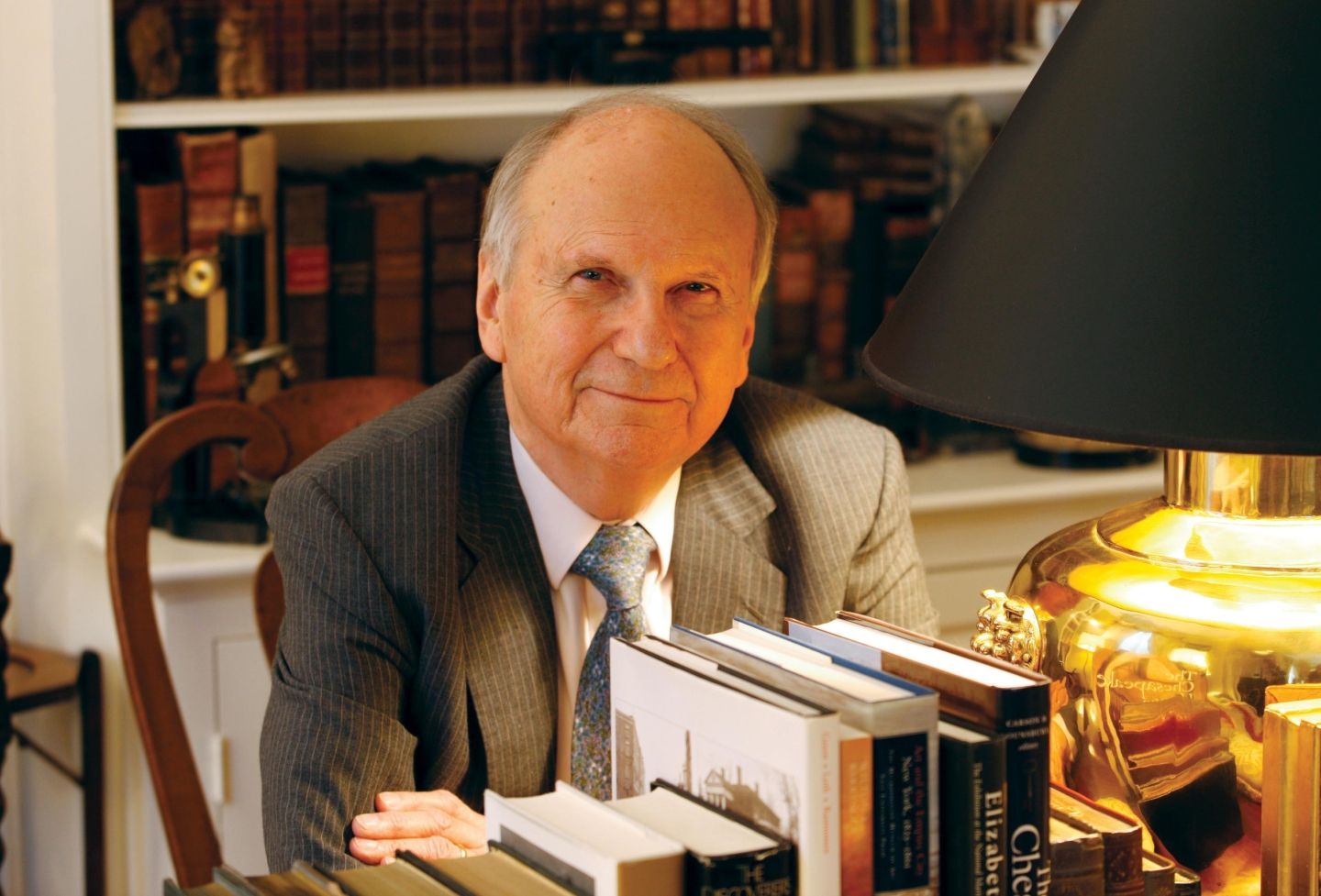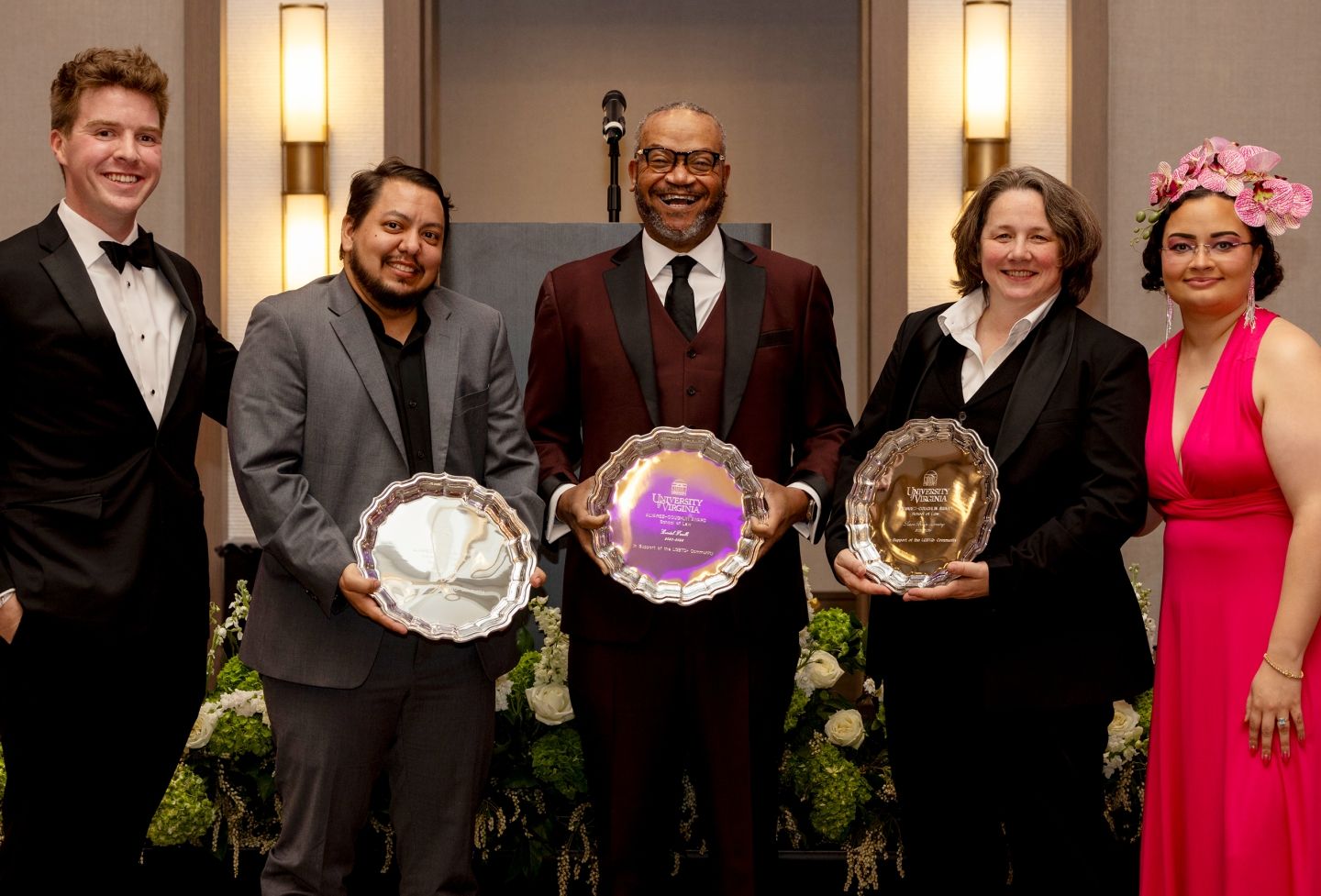In a darkened parking deck, steps away from the Charlottesville Police Department, a citizen journalist filmed a group of alleged white supremacists ganging up on a black teaching assistant during last year’s “Unite the Right” protests.
They beat DeAndre Harris to the ground using blunt objects — and kept beating him.
When the assault was over, he staggered into the care of a street medic who stabilized him. A doctor would later place eight staples in Harris’ head to ensure the gashes would not reopen. Harris also suffered a fractured wrist and a chipped tooth.
But Harold Ray Crews, a North Carolina attorney and state chairman of the white nationalist group League of the South, said he was a victim, too.
Crews claimed he was attacked by Harris in a precipitating incident. A photo posted by the league showed what appeared to be two red marks and swelling on the left side of Crews’ face.
Were they from a swing taken earlier by Harris?
Crews’ allegations resulted in a felony warrant. Although the complaint was later reduced to a misdemeanor charge, Crews’ case against Harris would indeed be heard.
The outcome of the March 16 assault-and-battery trial hinged on the strength of the evidence.
A team trained at the University of Virginia School of Law, comprised of an alumna and students, helped demonstrate Harris’ innocence.
ADDING INSULT TO INJURY — that was how many people viewed the charge against Harris.
Charlottesville attorney Rhonda Quagliana offered her help to Harris for free. A 1995 graduate of the University of Virginia School of Law and a partner with St. John, Bowling Lawrence & Quagliana, the attorney believed Harris was only trying to defend one of his companions that day.
“He was a 20-year-old young person who showed up at this event Aug. 12 and had no clue things were going to be as volatile as they were,” she said.
As a long-time criminal defense attorney, Quagliana has represented clients charged with a multitude of violent crimes, on up to capital murder. She had closely followed the violent white supremacist rallies in Charlottesville last summer, which also included the vehicular homicide of city resident Heather Heyer. Quagliana felt strongly in Harris’ innocence.
“It was never a question in my mind that he should be acquitted,” she said. “But anybody who has spent time trying cases in court knows that it’s never a guarantee.”
When Harris accepted her offer, Quagliana thought it was a good opportunity to get UVA students involved. (In addition to her J.D., Quagliana earned her Ph.D. from UVA.) It was a practical learning opportunity with both legal and historical implications.
Quagliana reached out to the Law School, and quickly thereafter, assembled a team of law students eager to help.
EACH STUDENT DID HER PART, without much need for supervision.
“What’s great about these students is that they understood on their own the demands of preparing a case for trial,” Quagliana said. “I gave them an assignment, and it got done. It’s a tribute to the Law School that they didn’t require my constant guidance.”
First-year student Jordin Dickerson, a native of Fayetteville, North Carolina, and a history and political science graduate of the University of North Carolina at Pembroke, helped Quagliana with one of the first things she needed: a summary of Virginia’s law of the defense of others.
The attorney received a draft in near-finished form within the week.
“It provided a blueprint for my argument, and I think it persuaded the prosecutor that this wasn’t a slam-dunk guilty finding,” Quagliana said.
In writing the brief, Dickerson said she learned that Virginia is “pretty lenient” on defendants raising a defense of others.
“For instance, the court must consider the events from how the defendant perceived them, not necessarily from how they actually occurred,” Dickerson said. “It is a subjective standard and the court must view the defense in light most favorable to the defendant.”
Fellow first-year Maria Downham, an Indianapolis native who double-majored in political science and psychology at the University of Indianapolis, worked as a paralegal in Indiana’s largest county prosecutor’s office after college. She helped put together trial materials, including exhibits, on Harris’ behalf.
“She understood about trials and the flow of evidence, the practical aspects of what I would need in court,” Quagliana said.
Another student, third-year Nel-Sylvia Guzman, had been in Quagliana’s Federal Criminal Pre-Trial and Trial Practice class.
One of Guzman’s contributions was working with the client in advance of his testimony. Having him speak was a risk, the team knew, but one that could boost his affirmative defense; he had been reacting, not aggressing.
Guzman, who hails from Virginia Beach, Virginia, and has a political science degree from West Virginia University, reassured Harris and helped him prepare for the experience of cross-examination.
“[She] reviewed that evidence with a keen eye and helped me identify some images that were important to us,” Quagliana said.
During the months-long process of preparing for the trial, the attorney said, the students demonstrated extraordinary dedication to the pro bono effort.
“There was just a real generosity demonstrated by these young women and aspiring attorneys, and a feeling of wanting to help and do the right thing,” she said.
FOR MANY IN THE COURTROOM, it was an open-and-shut case; Harris was innocent. Charlottesville General District Court Judge Robert Downer Jr., however, prefaced his review by encouraging the crowd to contain their emotions. He wanted to consider all of the facts.
The preparation on the part of Harris’ team, including weekly meetings with their client, was about to be tested.
Harris took the stand. He related how he came to the aid of his friend Corey Long, whom he thought Crews was attacking.
“I [saw] Mr. Crews driving his flag into Corey, and that’s when I tried to break up the altercation with the flashlight,” Harris told the judge.
But with competing accounts, hard evidence was essential. The scrutinized videos likely made a difference.
Guzman said the evidence “included a video of Harold Ray Crews directly after he alleged Harris made contact with him and there were no markings on his face, and then another video, where within several seconds after the alleged contact by Harris, he is attacked by another assailant and begins to stagger.”
In the end, the judge decided that neither Harris nor Crews were at fault in the scuffle.
Furthermore, Crews has not been named as one of the men who retaliated against Harris shortly after the incident (although members of his organization have). The defendants in that separate case have yet to be tried.
Harris hugged Quagliana after the verdict. He was grateful for the students’ work, too.
“They were amazing,” he said through Quagliana. “I know they did a lot of research and probably stayed up late nights reviewing video.”
Quagliana said that having students, who were closer to his age, assisting throughout the process was reassuring for him.
“Their participation went a substantial distance in putting my young client at ease,” she said. “They gave advice like experienced attorneys. They were mature beyond their chronological ages and experience, and I was wowed by the input they gave. They were awesome.”
Guzman, who was a student in the UVA Law Innocence Project Clinic, will be an attorney with Hogan Lovells in Washington, D.C., after graduation.
The others will further their career goals with summer internships. Downham will work for the U.S. Attorney’s Office for the Western District of Virginia. Dickerson, an aspiring civil rights attorney, will work in legal aid.
“Working on this case was the most rewarding experience of my 1L year and it has solidified my intent on becoming a civil rights lawyer,” Dickerson said. “While we learn in class about the landmark cases like Brown v. Board of Education and Obergefell v. Hodges, it's easy to think of them more abstractly because they had such monumental holdings. What we cannot forget, and what this case taught me, is that behind all cases are individual people, with livelihoods and families, who need a lawyer to advocate for them.”
Founded in 1819, the University of Virginia School of Law is the second-oldest continuously operating law school in the nation. Consistently ranked among the top law schools, Virginia is a world-renowned training ground for distinguished lawyers and public servants, instilling in them a commitment to leadership, integrity and community service.


